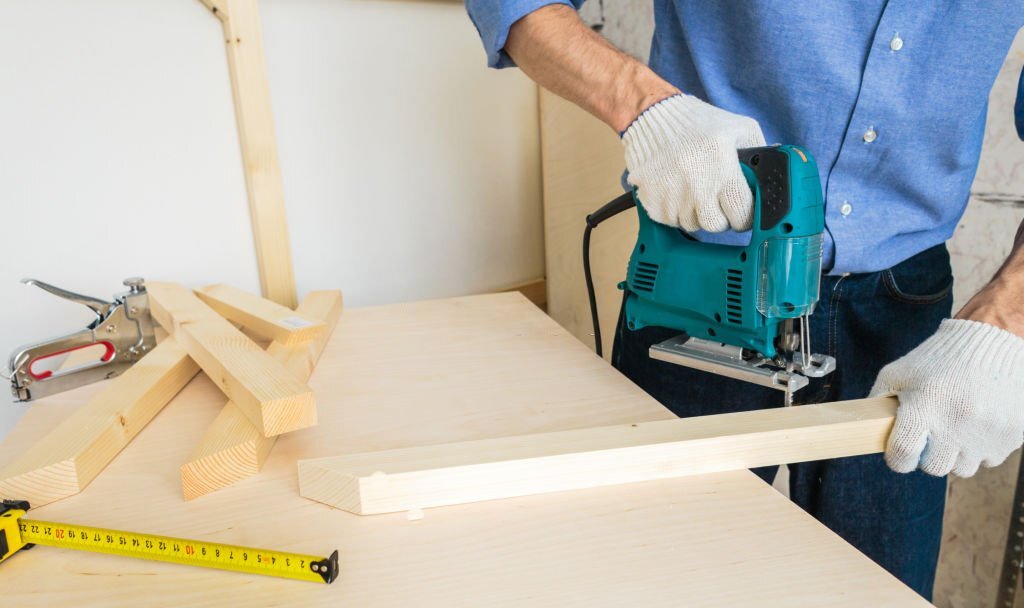
In the vast and diverse world of woodworking, just how much do you know about the techniques that hold it all together? How familiar are you with the intricacies of wood joinery and its varying methods? Imagine being able to differentiate and recognize the various types of joinery techniques utilized in that elegant piece of furniture you've been eyeing off at your local artisanal shop, or even better, crafting that piece yourself. Delving into the world of wood joinery is not just for professionals - anyone with an interest in design and craftsmanship can benefit immensely from this knowledge.
This blog post will explore the art of wood joinery in depth, ranging from the most basic and universally used techniques to the more complex and tailor-made solutions employed by expert woodworkers. The goal is to guide you in understanding these techniques and how they could significantly enhance your building and interior design projects.
Hang tight, dear reader, because we're about to unravel a new layer of wood craftsmanship that carries the potential to transform your approach towards woodworking, exclusively focusing on Window Joinery, Mitered Butt Joinery, Half-lap Joinery, Biscuit Joinery, and their respective benefits and drawbacks.
Unveiling the Fundamentals: What is Wood Joinery?
Wood joinery, in essence, refers to different techniques utilized to firmly connect separate pieces of wood together. The earliest evidence of wood joinery predates written history, with ancient civilizations using primitive joining techniques to construct their homes and rudimentary furniture. Fast forward to present times, wood joinery has advanced into a sophisticated art form, characterized by precision, elegance, and enduring function.
The selection of joinery techniques largely depends on the project at hand. By understanding the strengths and weaknesses of different joinery types, you can choose the most suitable one for your requirement, thereby ensuring a beautiful and long-lasting final result.
Each technique brings along its set of advantages and challenges. Hence, it’s not just about picking a method; it's about learning, experimenting, and gaining experience over time.
Seeing Through the Glass: Understanding Window Joinery
With a higher emphasis on visual impact, window joinery is often a fusion of functionality and aesthetics. This technique involves the connection of separate wooden pieces used in the making of windows.
Well-designed window joinery can add significant value to your home or office. They come with several advantages, such as enhanced structural reliability and improved light dispersion. But, it's also worth noting that window joinery requires high accuracy and may not be the easiest technique for beginners.
Meeting at the Corner: Discovering Mitered Butt Joinery
Mitered Butt Joinery is a variant of the simpler Butt Joinery, often employed to form an invisible joint at corners. It works best where aesthetic superiority is essential, providing your woodwork with a seamless appearance.
However, its downside lies in durability. Mitered Butt Joinery is not the most robust technique and may require additional reinforcement, especially for heavy-duty applications.
Cutting Through the Middle: Exploring Half-lap Joinery
Taking a step into more complex territories, Half-lap Joinery involves removing material from each piece, allowing them to interlock perfectly and provide a stronger, more secure connection.
One of its significant advantages is its strength, surpassing the likes of Mitered Butt Joinery. On the flip side, it requires more time, precision, and skill to execute correctly.
Snacking on Success: Understanding Biscuit Joinery
Moving towards the modern technique, Biscuit Joinery uses oval-shaped, compressed wooden biscuits to join pieces together. Thanks to its simplicity and efficiency, it has gained popularity among the DIY crowd.
But it comes with its caveats. The strength of a Biscuit Joint is lower compared to other techniques and is not ideal for heavy-duty projects or structural applications.
Conclusion: Recrafting Your Woodwork Journey
Mastering wood joinery techniques is a doorway to enhanced craftsmanship, one that can transform your woodworking journey and upgrade your projects to new heights. Each technique brings a unique offering to the table, be it aesthetic appeal, simplicity, or robustness. It is crucial to comprehend the differences between the techniques, their pros and cons, to make the most out of your woodwork.
As we've explored, every technique has its place and purpose, from the visually appealing Mitered Butt Joinery to the sturdy Half-lap Joinery. And while it's challenging to become proficient in every technique, time, patience, and an unwavering curiosity for learning can surely take you a long way in your woodworking expedition. So, take up the chisel, clear up some sawdust, and start crafting, because the art of woodworking waits for no one! Once you've picked your favorite technique, all you need to do is make the first cut.

.png)


No comments:
Post a Comment